|
In 1946 Paul Robeson, world-renown African American baritone, actor, and social activist came to Huntington to perform a concert at Toaz Junior High School for the benefit of the Bethel A.M.E. Church’s planned Community Center and Nursery. Roberson was born in 1898 in Princeton New Jersey. His father, a Presbyterian minister, had escaped slavery as a teenager, his mother was a Quaker abolitionist of mixed ancestry. Robeson won a scholarship to Rutgers University where he won 15 varsity letters in baseball, basketball, football, and track. He was Phi Beta Kappa and graduated Valedictorian. Subsequently he graduated from Columbia Law School but later left law practice when a white secretary refused to take dictation from him. He decided to use his artistic talents to promote African-American history and culture in the theater and music. In London, where he won acclaim for his performance in Othello and Eugene O’Neill’s The Emperor Jones, Robeson found that racism was not as pronounced in Europe as in the United States. At home, it was difficult to find restaurants to serve him or hotels to house him, and his performances were often surrounded by threats of violence. Long Islander Ad, November 28, 1946 Touted as the greatest baritone in the world Robeson used his talent to interpret Black Spirituals for a world audience, using his performances to speak out against racism and injustice. He performed throughout Europe, the United States and the Soviet Union. Because of his advocacy for organized labor and peace, he became a target for J. Edgar Hoover and the House Un-American Activities Committee and was accused of being a Communist. In 1950, his passport was revoked and he could not travel for eight years. Nevertheless, during this time he published his autobiography Here I Stand, sang at Carnegie Hall and continued to support labor worldwide through transatlantic broadcasts. He retired from public life in 1963 and died at age 77.
On November 29, 1946, Paul Robeson came to Huntington through the efforts of his acquaintance, Dr. C.V. Granger, a member of the Concert Committee of Huntington and a practicing physician in the town. “Since the days of Huntington and Suffolk County there has never been a concert of this type here before. One may expect men and women from every walk of life to hear this great Negro baritone”, declared Rev. Carpentier of the Bethel A.M.E. Church, (Long Islander, November 28, 1946). During the sold out concert, attended by hundreds of people, Robeson expressed his pleasure at being in Huntington and donating money to the efforts of the A.M.E. Church. In addition to selections from opera and spiritual songs, Robeson performed excerpts from Shakespeare’s Othello. It was truly an historic night for the Town of Huntington.
0 Comments
Funnell's Pharmacy, circa 1919 January 12th is Pharmacists Recognition Day and January 19th is the anniversary of the passage of the 18th Amendment to the Constitution in 1919, or Prohibition. The relation between the two is quite interesting.
Contrary to common belief, the 18th Amendment to the Constitution did not prohibit the consumption of alcohol. If you owned a generous liquor cabinet in your home, you were permitted to drink at home or at a friend’s house. Besides storing liquor at home, you could transport it from an old residence to a new residence. The bill only made it illegal to manufacture, import, and distribute alcohol, and there were exemptions for religious, industrial, and medicinal purposes (as doctors had often prescribed alcohol as a tonic for a variety of complaints from anxiety to influenza). Since alcohol was permitted for “medicinal” purposes, doctors could proscribe and pharmacists could fill prescriptions for alcohol or tonics with alcohol content. During the prohibition period, (the law went into effect in 1920 and was repealed in 1933) the number of registered pharmacists nearly tripled in New York state as this became a popular way to obtain liquor. With a physician’s prescription, patients could legally buy a pint of hard liquor every ten days. Prohibition provided a booming business for pharmacies. For example, Walgreens grew from approximately 20 outlets in 1919 to over 500 by 1929. Below are some illustrations of Liquor Tax Certificate, and prescriptions from Funnell’s Drug Store, the first pharmacy in Huntington, founded in 1853. Funnell’s was on the south side of Main Street between New and Green Streets. Christmas circa 1900-1905. Charles Willet grew up to be an electrician in Huntington, and died in 1962. His brother Miller studied printing and joined the Long Islander newspaper. Miller enlisted in the Navy during WWl and was a first-class seaman aboard the transport Princess Matolka. He died in 1920 after a long illness. From the Willet Collection. Christmas brings joy and although many complain that it is emblematic of our modern-day hyper-consumerism, gift and toy- giving date back to ancient Rome when gifts were exchanged to celebrate the winter solstice. This photo of the Willet children, Miller and Charley, on Christmas day shows some popular toys of the day. Often toys or other details can help us ascertain the approximate date of the photo. The Lotto board game, popular at the time, was produced by the McLaughlin Brothers, New York and dates to the early 1900s. Like Bingo, the set consists of 23 cardboard cards and 89 wooden numbered pieces. The stand-up toy soldiers were usually made of cardboard and had wooden bases. Various companies such as McLoughlin Brothers designed toy soldiers representing various countries and uniforms. Other toys of the early 20th Century include: Crayola Crayons first made in 1903 by Edwin Binney and C. Harold Smith. The first erector set introduced in 1913 by A.C. Gilbert. Raggedy Ann dolls came about in 1915 when newspaper cartoonist Johnny Gruelle reproduced them from a doll he had made for his daughter. Lincoln Logs were introduced in 1916 by John Lloyd Wright. This unidentified photo by Lyman Taft features Teddy Bears that first became popular during Theodore Roosevelt’s Presidency. In 1902, they were officially named Teddy. Early Sears and Roebuck Catalogue
Nancy Homans, Woodruf Farm, circa 1910. In November, our thoughts turn to cooking and feasting in anticipation of Thanksgiving. Thanksgiving menus in late 19th and early 20th century Huntington were not that different from our contemporary meals; turkey and stuffing, sweet potatoes, pumpkin pie. However, popular taste has changed somewhat over the years. Today you will not find lamb head or robin pie on most menus! You will notice that the recipes do not indicate oven temperature because cooking was done with a wood stove. The 18th century marks the beginning of written recipes and cookbooks, as literacy was becoming widespread and American cuisine began to develop its own identity. Previously recipes were passed down orally or learned by watching grandma in the kitchen. There was no standardized weights and measures or detailed instructions on timing as thermometers and measuring tools were scarce. Below are some recipes from our cookbook collection.  Published in 1890. Robin Pie-Cover bottom of pie dish with thin slices of beef and fat bacon, over lay ten or twelve robins, previously rolled in flour, stuffed as above, season with teaspoon full of salt, quarter ditto of pepper, chopped parsley, chopped eschalots, lay a bay leaf over, add a gill of broth, cover with three quarters of a pound of half puff paste. Bake one hour...  First published in 1896, this cookbook has never gone out of print, though revised and retitled to reflect American’s changing tastes. Calf’s Head-Wash and clean a calf’s head, cook until tender in a covered pot of boiling water. Cool, cut meat from cheeks in small cubes. To two cups meat dice and add sauce made from two tablespoons butter, two tablespoons flour and one cup White Stock, seasoned with half teaspoon salt, one eight teaspoon pepper, a few grains of cayenne. Add one half cup cream and yolks of two eggs slightly beaten; cook two minutes and add two tablespoons Madeira wine. Born a slave in 1856 in Virginia, Booker T. Washington rose to become a renowned spokesperson for African Americans. Washington’s belief that African Americans could advance themselves through education in the trades and industrial arts prompted him to establish the Tuskegee Institute in Alabama in 1881. Washington was well respected as an orator and author. Of his 14 books, his autobiography “Up from Slavery” (published in 1901) became the most well-known. His writings gained him national influence in education and politics and led him to become an advisor and friend to Presidents Theodore Roosevelt and William Howard Taft. In 1901, Washington was invited to dine with Roosevelt at the White House, a radical invitation that led to much outcry from southern politicians and press. WASHINGTON IN HUNTINGTONWhen the school session ended at Tuskegee, Booker T. Washington would head north to Long Island for summer vacation and fundraising. Before purchasing a home in Fort Salonga, Washington summered at the Van Wyck Farm in Lloyd Harbor. Van Wyck Farm in Lloyd Harbor, which no longer exists In 2021, a descendent of the Lloyd Harbor Van Wyck family donated three letters from Washington that refer to his stay on the Van Wyck Farm. The letters are now part of the Society's collection and provide insight into his time there. While in Huntington, Washington gave several talks at the local Opera House, as well as a commencement speech at Northport High School. He also taught Sunday School at Bethel AME Church. Most locals know that Washington purchased a property in Fort Salonga, but it is less commonly known that he also acquired a house in Huntington Village. According to this deed dated May 7, 1914, Henry and Fanny Brush transferred property at 43 Greene Street, Huntington to Booker T. Washington. The house still stands today and is the location of Finley’s Restaurant. 43 Green Street, today Finley's Restaurant It is not known what Washington planned to do with the home as he passed away within a year of purchase.
By Emily FinanCollections Assistant Known as the Patriotic Santa, this cotton textile held in the collection was designed by Edward Peck in 1868 and printed by Oriental Print Works of Warwick, Rhode Island, a company founded by Alfred Augustus Reed and Edward D. Boit that operated from around 1857 to 1883. Appearing in the central foreground in a snowy woodland, Santa Claus wears a fur trimmed coat and fur hat. His right arm overflows with toys including a hobby horse, two dolls, a drum, a bell, a quadrupedal stuffed animal, horns, and a pinwheel; in his left arm, he carries a sled inscribed “Oriental Print Works” and an American Flag from which the illustration derives its title. Framing Santa are four vignettes illustrating Peck’s interpretation of Clement Clarke Moore’s “A Visit From Saint Nicholas” which inspired the print as a whole. Quotes from the poem inscribed below Santa’s feet—“His eyes how they twinkled! His dimples how merry! His cheeks were like roses, his nose like a cherry”—guide Peck’s depiction along with editorial cartoonist Thomas Nast’s contemporary portrayal of Santa in Harper’s Weekly as a jolly, rotund figure which marked a shift from earlier depictions of Santa with a stern disposition. Peck’s curious portrayal of Santa through a patriotic lens can also be attributed to Nast’s influence. As a supporter of the Union, Nast’s illustrations also served as Civil War propaganda, exemplified by his 1881 Merry Old Santa Claus portrait. Donning a dress sword and belt buckle that refer to the Army and a pocket watch set at ten to midnight, Nast’s Santa serves as a critique of United States Senate’s inaction on paying members of the military fair wages. Though not as pointed, Nast’s imagery manifests in Peck’s print through the inclusion of a similar dress sword, pocket watch, flag, and red, white, and blue motif. In the top left vignette, Santa is riding his sleigh pulled by reindeer who are slipping out of frame under a starry sky along with the words “Santa Claus is coming.” In the top right, titled “with compliments of Santa Claus,” Santa stands on a roof and delivers presents down a chimney. On the bottom left, “All the stockings in the house were hung to be filled by Santa Claus” is written within a scene of three children hanging stockings from the mantle of a fireplace in preparation. On the bottom right, three children play with their new toys—a drum and rocking horse—around their parents’ bed, illustrated by the quote “Santa Claus gave all these toys because we were good girls and boys.” Displayed in a variety of manners—as a banner, a handkerchief, a scarf, a table cover, a decorative textile hanging—additional examples of this print can be found in other museum collections, such as the Cooper Hewitt Smithsonian Design Museum. [https://collection.cooperhewitt.org/objects/18669979/] Another edition, now in the collection of New York Historical Society, was designed by Peck as a make-your-own Santa Claus doll; the same patriotic Santa is printed with its reverse on one textile which allowed users to cut each out and sew them together to fashion a doll. [https://emuseum.nyhistory.org/objects/6630/santa-claus-doll?ctx=35019b47c703c699e3e4137815d21bc7d7ee13cc&idx=15]
We wish you a very happy holiday! By Emily FinanCollections Assistant Gifted to the Society by John Hulsen, Huntington’s first motorcycle policeman, these three unique trophies commemorate the donor’s participation—and success—in the Highhold Games, an annual event held by Henry L. Stimson and his wife Mabel White Stimson at their home in the Huntington hamlet of West Hills. The name Highhold was inspired by the view that the over one-hundred-acre property provided from the Long Island Sound to the Atlantic Ocean. Each Thanksgiving Day from 1904 into the 1920s, Stimson—who served as Secretary of War under President Howard Taft, and Secretary of State under President Herbert Hoover—invited his friends, family, and neighbors to Highhold estate, through postings in The Long-Islander, to compete in a series of games including trapshooting, spar fighting, barrel racing, novelty racing, flat racing, and steeplechase. Originally held as a gesture of appreciation to his neighbors for their hospitality in allowing him to traverse their lands while foxhunting, Stimson’s games became an annual tradition that exemplified generosity and fostered community. Hundreds of people—young and old—gathered to compete, enjoy cider, coffee, and donuts at the refreshments tent, and warm themselves by the bonfire before returning home for their own holiday dinners. Hulsen competed in the games as a child and fondly recalled standing alongside Teddy Roosevelt during a trap shooting event one year. The first two trophies he earned are mugs in the shape of barrels. The first is made of brass encircled by copper bands, and indicates Hulsen’s success in the 1915 trap shooting event; the second is made of pewter overlaid with copper bands, and notes that Hulsen won the 1916 spar fight event. The third trophy, a pewter stein awarded for the 1919 spar fight event, is notable in that 1919 marked the return of the Highhold Games after a two-year intermission caused by World War I. Portraits of Henry and Mabel Stimson by famed portrait artist Leopold Gould Seyffert. These portraits formerly hung at Highhold and are now part of the Society's collection. If you enjoyed reading this, please consider making a donation to the Huntington Historical Society. Your support will help us continue to share and preserve Huntington's history for future generations!
In this photo from 1908, the white building to the left was the First Union Free School. Built in 1858, it served all grades through high school. The brick building to the right was built in 1900 and served elementary grades, while the original school was used for high school students only. Eventually this would become the site of Huntington High School located at 100 Main Street. A high school was built in 1910. This photo shows the building around 1925. It was later enlarged in 1928 by a portico connecting it with the former elementary school building and an auditorium was also added. In 1979 the high school became Town Hall, which it remains today. Below: Interior main entrance of Huntington High School, circa 1930. Below: Huntington High School Girls Basketball Team, 1914. Standing left to right: Helen Lowndes, Vera Williamson, Ethel Sammis, (captain). Sitting left to right: Esther Funnell, Dorothy Burne, Jane Fleet.
By Toby Kissam; With Barbara LaMonica
Shortly after the Civil War, baseball’s popularity rapidly spread throughout Long Island. Many towns, including Brooklyn and Queens, (Nassau County was part of Queens until 1899), formed their own baseball clubs. Rival clubs would challenge each other, with many games played at county fairs. Most of the teams consisted of farmers, merchants, and students, although they often had semi-pro players in their lineups. Later, other clubs were formed including the Young Suffolks, the Huntington Base Ball Club and teams from different parts of town like the Northport Base Ball Club and the West Side Boys. Huntington Suffolk Baseball Club, 1893 THE FIRST BASEBALL MATCH What appears to be the first organized baseball match in Huntington was between the Huntington and Dix Hills Base Ball Clubs, as reported in the November 2, 1866 issue of The Long-Islander:
The match was played near the home of David Woodhull Conklin. His house still stands on the west side of West Neck Road near Tanyard Lane. Conklin’s lot was on the east side of the road about where the Methodist Church stands today. Tintypes of the early Suffolk Base Ball Club In April of the following year, the Suffolk Base Ball Club held an inter-club match between the 1st Nine and the Field, to select the team for 1867. The following month they called for a meeting to be held on Friday evening at the Suffolk Hotel on Main Street to ready them for the up-coming season. As noted on reverse: "Suffolks of Huntington" -- a semipro base ball team around 1888 The Huntington Historical Society is dedicated to preserving and sharing the history of the Town of Huntington. Please help us continue this work by making a donation!
By William H. FrohlichTrustee, Huntington Historical Society The Town of Huntington, as we know it today, extends from the Nassau County line to the Smithtown line in Commack. And, from the Long Island Sound on the north to the Babylon Town Line in the south. But, it wasn’t always that way. The “original” Huntington Town existed from the Sound all the way to the Atlantic Ocean. Babylon is a relatively “new” creation, which was carved out of Huntington. In 1842, the Long Island Railroad’s Main Line crossed the Town of Huntington through what is now Farmingdale, Wyandanch and Deer Park. Thirty years later, in 1872, a decision was made to split the town into two. All the land lying one mile north of the LIRR tracks remained the Town of Huntington, and everything lying south of that line became the Town of Babylon. An 1858 map of Huntington The Long Island Atlas published by Beers, et al, in 1873 shows the new town boundary line clearly, even though the survey work had been done in 1871 and 1872 before the new town had been established. When the atlas was published in 1873, it was correct! Interestingly, Nassau County didn’t exist either at the time and is also a relatively “new” invention. (Early on there was an attempt made to call Long Island the “Island of Nassau,” but it didn’t stick.) Before Nassau County was established in 1899 it was all part of Queens County, which extended from the East River all the way to Huntington. (New York City, as we know it with its five boroughs, which included Queens County, wasn’t established until 1898.) What many may not know is that Lloyd Neck remained part of Queens County until the early 1880s. Then, it finally joined Huntington and Suffolk County. The original settlers that occupied the Town of Huntington bought the land from the local Indian tribes through several purchases in the mid-1600s. Our Town was criss-crossed by many Indian trails which the settlers then used as well. Many of these still exist, but today we know them as Main Street, 25A, Jericho Turnpike, Montauk Highway, among others. The area that we now call Babylon was unpopulated at the time (sometimes known as Huntington South). That part of Huntington was used mostly as grazing land and for ocean fishing. The first resident was Jacob Conklin, born in Huntington in 1675. He built a house in the Half Way Hollow Hills in 1710 on, it is said, 3,500 acres of land. This original name for the area was chosen for its location: half way between the sound and the sea. Sketch of the Jacob Conklin Farmhouse Photo of the Jacob Conklin Farmhouse, built in 1710 and destroyed by fire in 1918 Legend has it that he was an impressed seaman on Captain Kidd’s ship. When the Captain put in to Cold Spring Harbor, Jacob jumped ship and ran south. According to "The Human Story of Long Island," by Verne Dyson, 1969, “One of the numerous Conklin legends, (is that) his mission was to bury treasure for Kidd; instead he escaped with the chest and from the proceeds bought the estate (land) in the Half Way Hollow Hills.” Some say he hid out in the hollow of a tree for years afraid Captain Kidd would find him! Eventually, he built a house in what is now the Wheatley Heights area on the line between Huntington and Babylon off Bagatelle Road, and married Hanna Platt of Huntington. Unfortunately, the house burned down in 1918. The cemetery where he and his family are buried is still on the property of the the Henry Kaufman Camp Grounds. Jacob Conklin's headstone The history of the Town of Huntington is a fascinating microcosm of American in its early days. If you are interested in reading more about our local history, find the “Huntington-Babylon Town History,” published by the Huntington Historical Society in 1937. You can also look for the Vern Dyson book and the old maps of Huntington. This hand-drawn map was prepared for the Town's 350th anniversary in 2003.
|
AuthorThis blog has been written by various affiliates of the Huntington Historical Society. Categories
All
Archives
April 2024
|
Become a Member
Donate Today!
Signup For Our Newsletter
Thanks for signing up!
© Huntington Historical Society. All rights reserved.
The Huntington Historical Society gratefully acknowledges the Town of Huntington for its steadfast support.
The Huntington Historical Society gratefully acknowledges the Town of Huntington for its steadfast support.


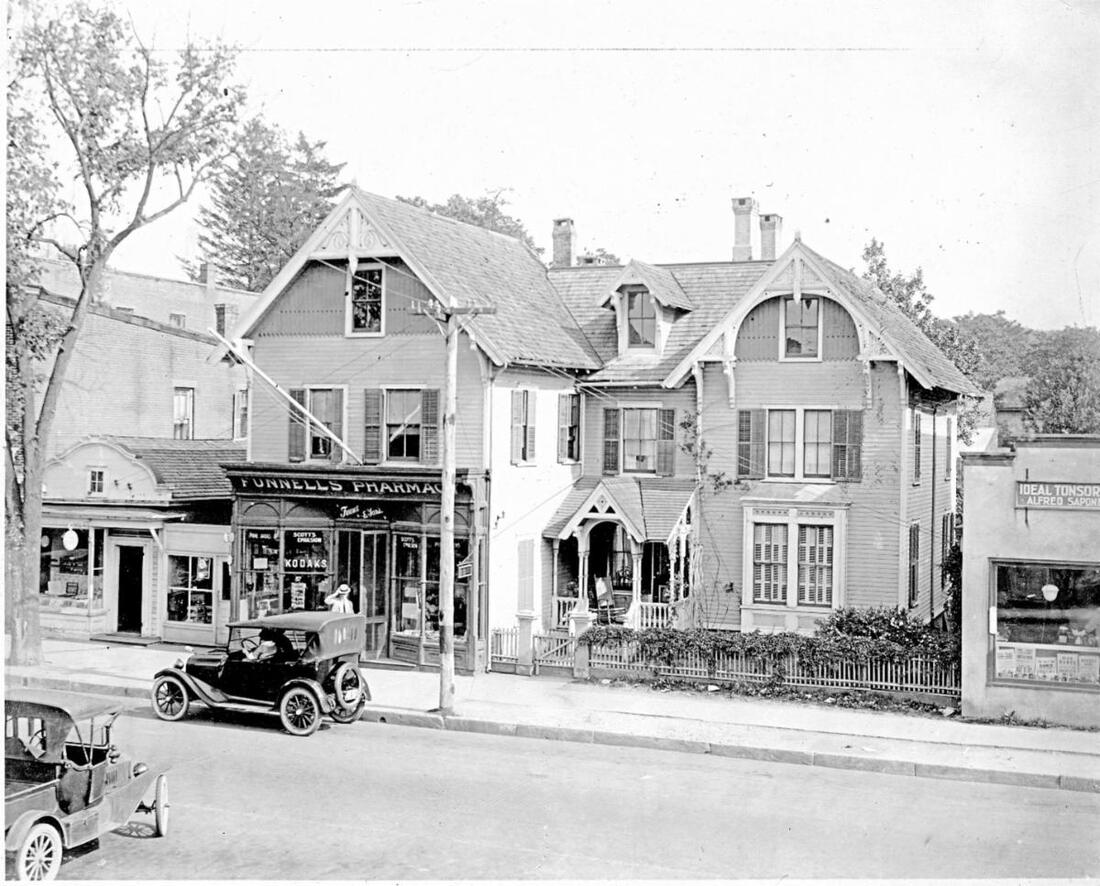
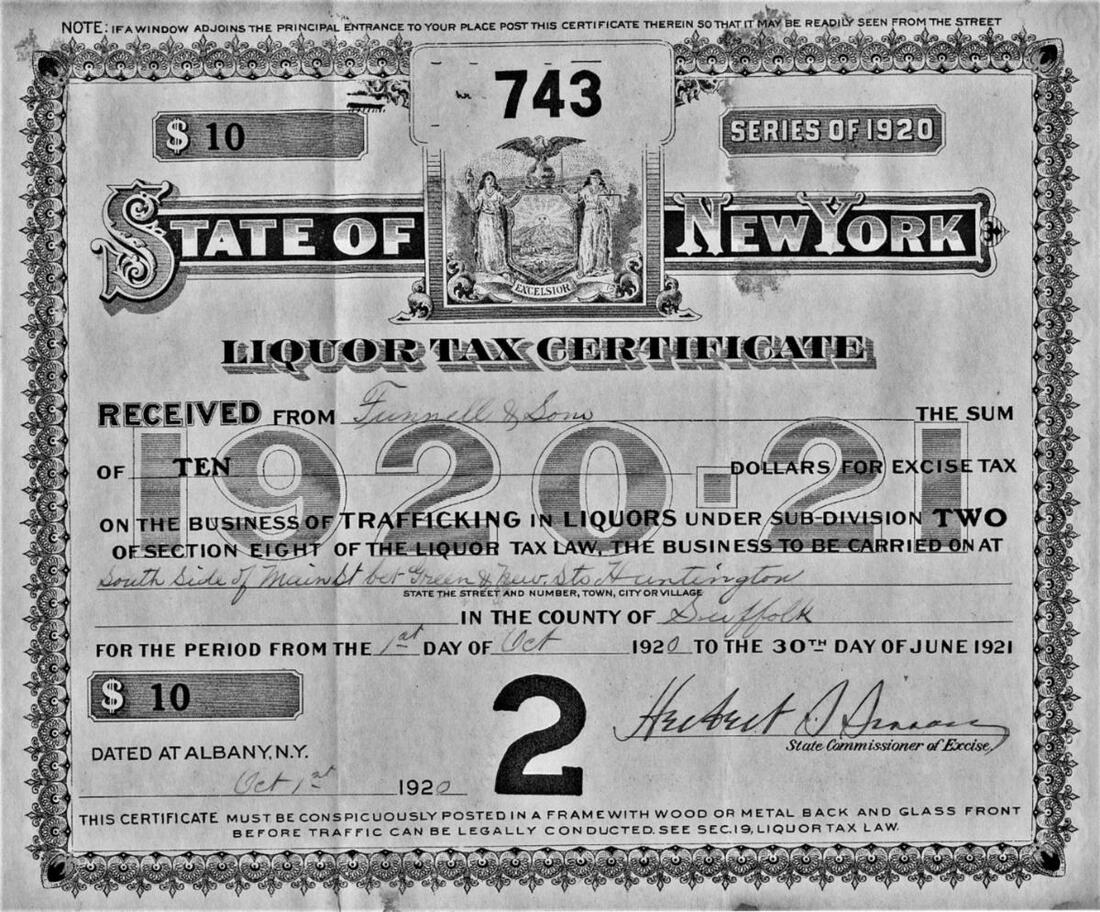





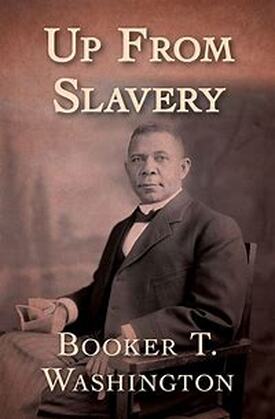





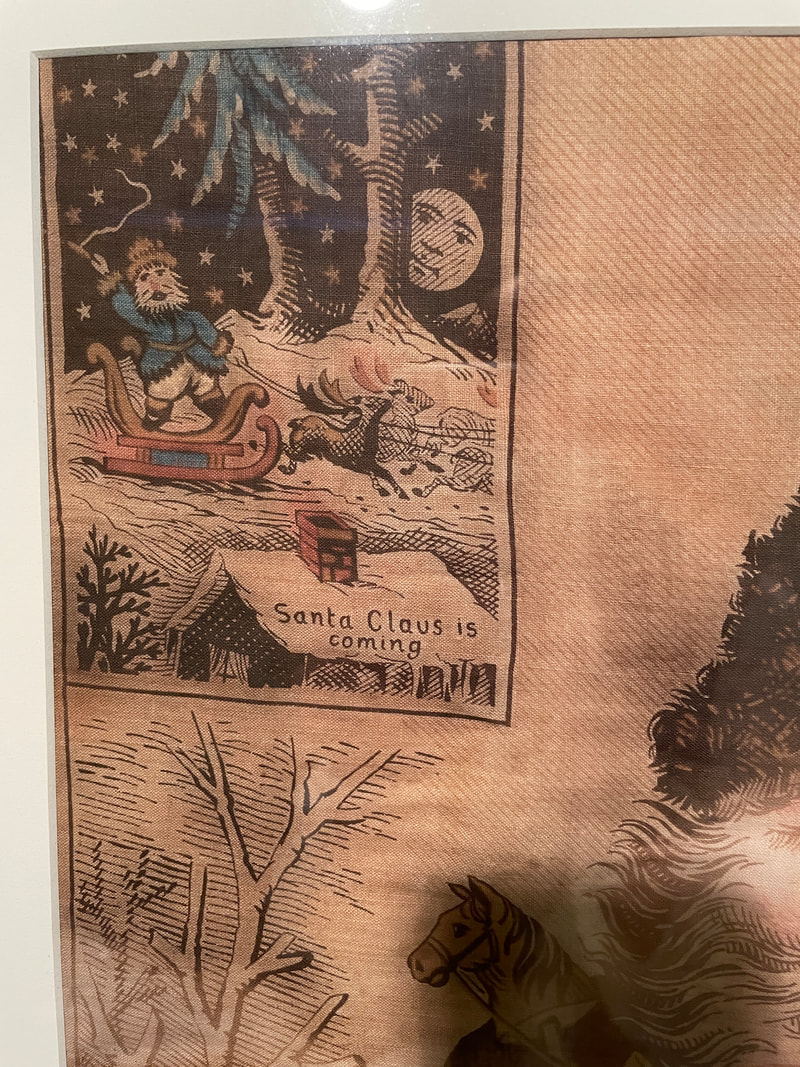


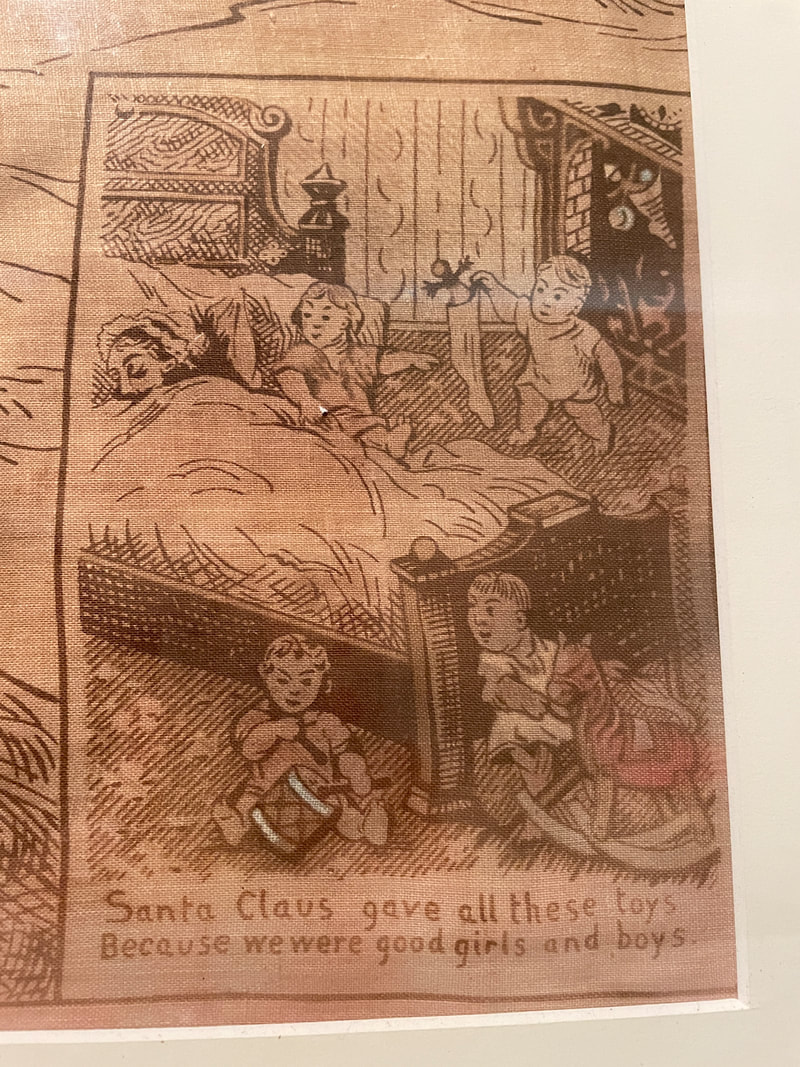















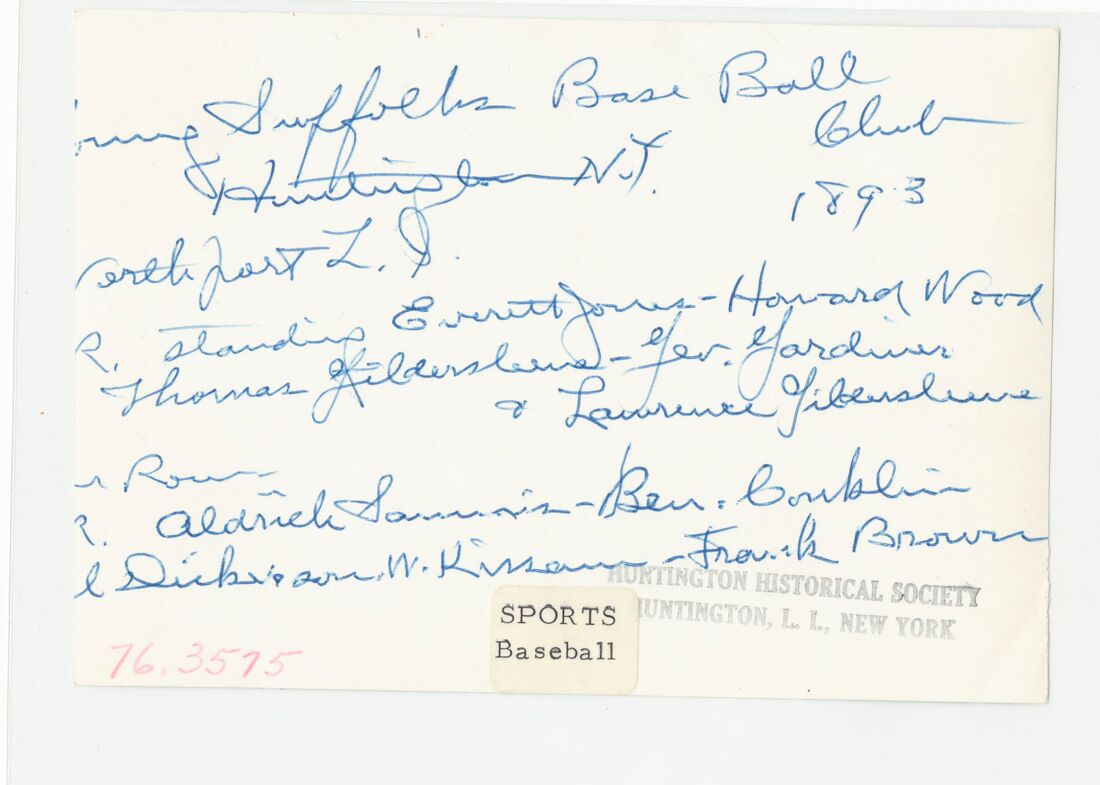
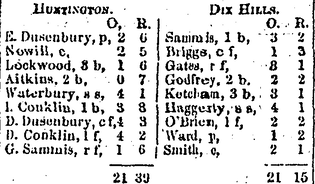


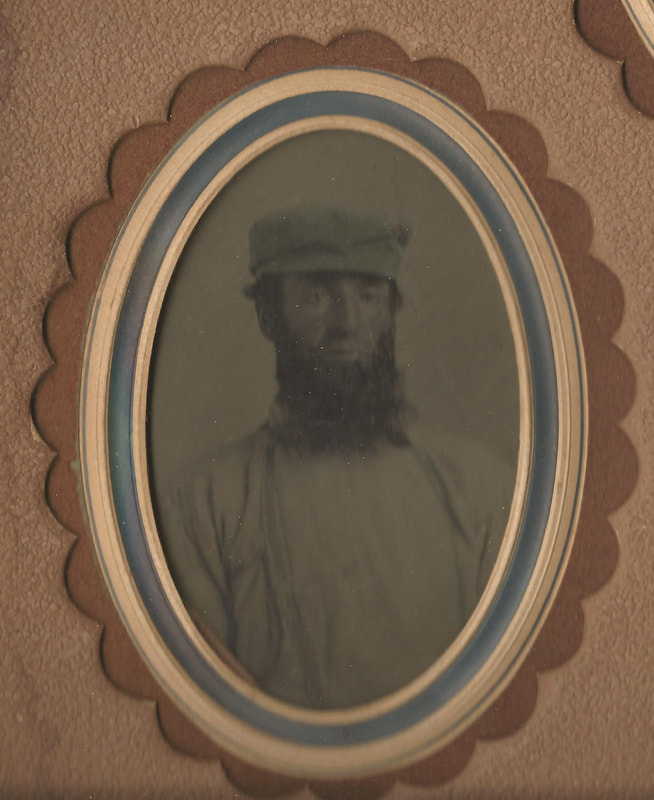


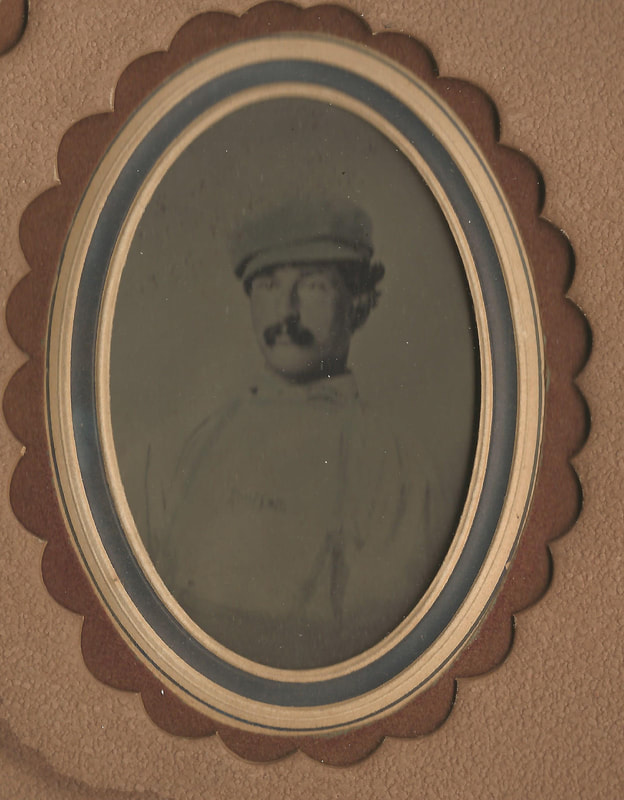


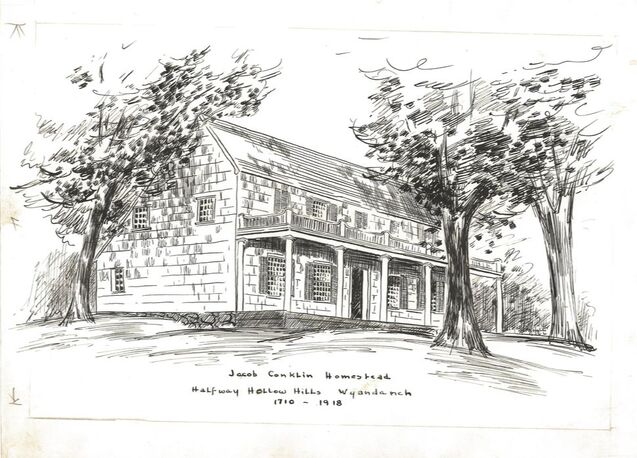




 RSS Feed
RSS Feed
